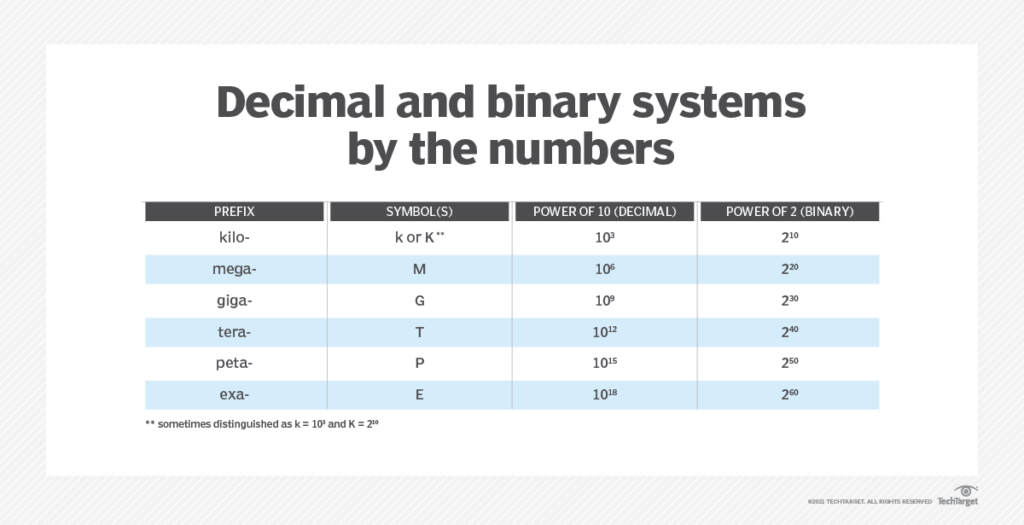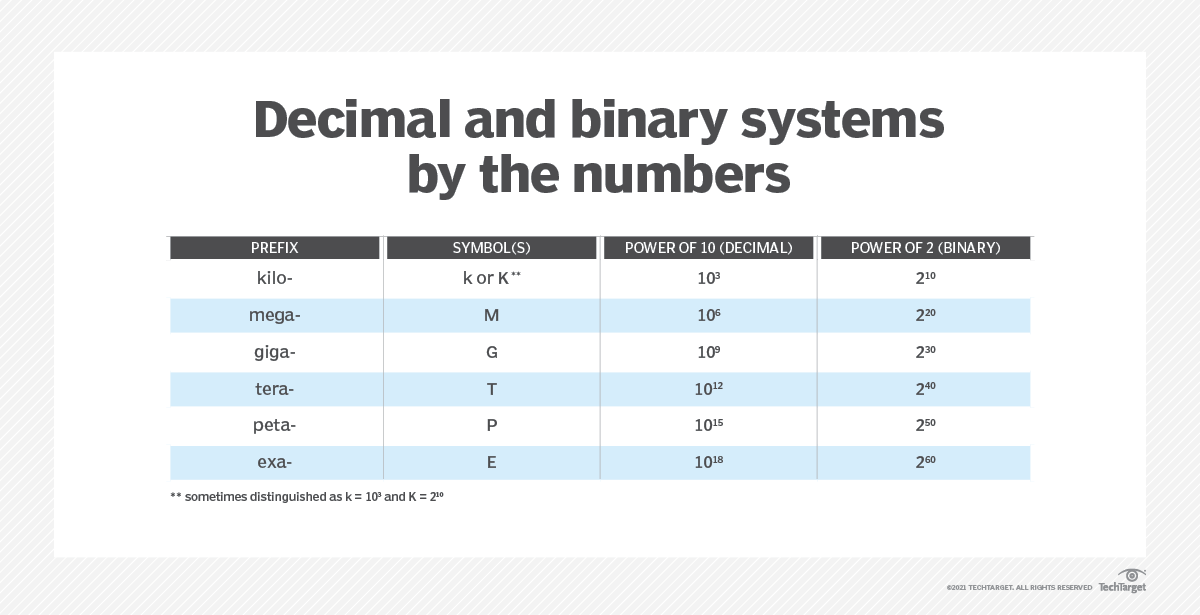
Prefix With Decimal In Coding: A Comprehensive Guide
In the realm of computer programming, representing numerical values accurately and efficiently is crucial. While integers and floating-point numbers are commonly used, there are scenarios where you might need to manipulate decimal values in a specific way. One such technique involves using a prefix with decimal numbers. This article delves into the intricacies of prefix with decimal representation, exploring its applications, advantages, and potential pitfalls. Whether you’re a seasoned developer or just starting, understanding how to prefix with decimal numbers can significantly enhance your coding toolkit.
Understanding Decimal Representation in Coding
Before diving into the specifics of using a prefix with decimal, it’s essential to understand how decimal numbers are typically handled in programming languages. Most languages use floating-point types (like `float` or `double`) to represent decimal values. These types follow the IEEE 754 standard, which provides a consistent way to store and manipulate decimal numbers. However, floating-point numbers have inherent limitations due to their binary representation, which can lead to rounding errors in certain calculations. These errors, although often small, can accumulate and become significant in applications requiring high precision. This is where alternative representations, including the technique to prefix with decimal values, come into play.
What Does It Mean to Prefix with Decimal?
The concept of using a prefix with decimal typically refers to adding a specific character or sequence of characters before a decimal number to indicate its purpose, format, or unit of measurement. While not a built-in feature of most programming languages, this practice can be implemented using string manipulation or custom data types. For example, you might use a prefix to denote a currency value (e.g., `$12.34`), a percentage (e.g., `%50.0`), or a unit of measurement (e.g., `m1.5` for meters). The flexibility of this approach allows developers to create custom representations tailored to their specific needs. Understanding how to effectively prefix with decimal numbers can greatly improve data clarity and maintainability.
Applications of Prefixing Decimal Numbers
There are several scenarios where using a prefix with decimal numbers can be beneficial:
- Currency Representation: Prefixing with currency symbols (like $, €, £) immediately clarifies the value’s monetary context. This is crucial in financial applications where accuracy and clarity are paramount.
- Percentage Representation: Using the % symbol as a prefix or suffix clearly indicates that the number represents a percentage. This can help prevent misinterpretations and ensure that calculations are performed correctly.
- Unit of Measurement: In scientific or engineering applications, prefixing with unit symbols (like m for meters, kg for kilograms) provides essential contextual information. This is especially useful when dealing with data from various sources or when performing unit conversions.
- Data Validation: Prefixes can be used as a form of data validation. For example, you might use a prefix to indicate that a decimal number represents a specific type of measurement or that it falls within a certain range.
- String Formatting: Prefixes are very useful when formatting values for display in user interfaces or reports.
Implementing Prefix with Decimal in Different Languages
While the core concept remains the same, the implementation of prefix with decimal can vary depending on the programming language you are using. Let’s explore how this can be achieved in some popular languages.
Python
In Python, you can easily implement prefix with decimal using string formatting. Here’s an example:
value = 12.34
currency_prefix = "$"
formatted_value = currency_prefix + str(value)
print(formatted_value) # Output: $12.34
You can also use f-strings for a more concise approach:
value = 12.34
currency_prefix = "$"
formatted_value = f"{currency_prefix}{value}"
print(formatted_value) # Output: $12.34
JavaScript
JavaScript offers similar string manipulation capabilities:
let value = 12.34;
let currencyPrefix = "$";
let formattedValue = currencyPrefix + value.toString();
console.log(formattedValue); // Output: $12.34
Template literals provide a cleaner syntax:
let value = 12.34;
let currencyPrefix = "$";
let formattedValue = `${currencyPrefix}${value}`;
console.log(formattedValue); // Output: $12.34
Java
In Java, you can use the `String.format()` method or string concatenation:
double value = 12.34;
String currencyPrefix = "$";
String formattedValue = currencyPrefix + String.format("%.2f", value);
System.out.println(formattedValue); // Output: $12.34
Or using string concatenation:
double value = 12.34;
String currencyPrefix = "$";
String formattedValue = currencyPrefix + value;
System.out.println(formattedValue); // Output: $12.34
Advantages of Using a Prefix with Decimal
The benefits of using a prefix with decimal are manifold:
- Improved Readability: Prefixes make it immediately clear what the decimal number represents.
- Reduced Ambiguity: Prefixes eliminate potential confusion about the units or context of the value.
- Enhanced Data Integrity: Prefixes can serve as a form of data validation, ensuring that values are interpreted correctly.
- Simplified Formatting: Prefixes streamline the process of formatting values for display or reporting.
Potential Pitfalls and Considerations
While using a prefix with decimal offers several advantages, it’s important to be aware of potential drawbacks:
- Type Conversion: When using prefixes, the decimal number is often converted to a string. This can make it difficult to perform mathematical operations directly on the value. You may need to parse the string to extract the numerical value before performing calculations.
- Localization: Currency and unit symbols can vary depending on the locale. You need to ensure that your prefixes are appropriate for the target audience.
- Performance: Frequent string manipulation can impact performance, especially in computationally intensive applications. Consider using more efficient data structures or techniques if performance is a concern.
- Consistency: It’s crucial to maintain consistency in the use of prefixes throughout your codebase. Inconsistent usage can lead to confusion and errors.
Best Practices for Prefixing Decimal Numbers
To effectively implement prefix with decimal, consider the following best practices:
- Choose meaningful prefixes: Select prefixes that clearly and accurately represent the value’s context.
- Maintain consistency: Use the same prefixes consistently throughout your application.
- Handle type conversions carefully: Be mindful of type conversions when working with prefixed decimal numbers. Ensure that you are parsing and formatting values correctly.
- Consider localization: Adapt your prefixes to the appropriate locale when dealing with currency or unit symbols.
- Document your conventions: Clearly document the prefixes you are using and their meanings.
Alternatives to Prefixing
While prefix with decimal is a useful technique, there are alternative approaches to consider:
- Custom Data Types: Create custom data types that encapsulate the decimal value and its associated unit or context. This approach provides strong type safety and can simplify calculations.
- Metadata: Store the unit or context information as metadata associated with the decimal value. This allows you to keep the numerical value separate from its descriptive information.
- Libraries: Utilize existing libraries that provide specialized data types for handling currency, units of measurement, or other specific types of decimal values.
Conclusion
Using a prefix with decimal numbers is a versatile technique for enhancing the clarity, accuracy, and maintainability of your code. By understanding its applications, advantages, and potential pitfalls, you can leverage this approach to create more robust and reliable applications. While alternatives exist, the simplicity and flexibility of prefixing make it a valuable tool in any developer’s arsenal. Remember to carefully consider your specific needs and choose the approach that best suits your project requirements. Whether you’re working with financial data, scientific measurements, or any other type of decimal value, mastering the art of prefix with decimal can significantly improve the quality of your code. [See also: Understanding Floating-Point Precision] [See also: Best Practices for Numerical Data Types] [See also: Handling Currency in Software Development]

